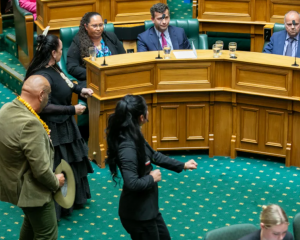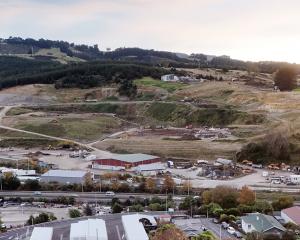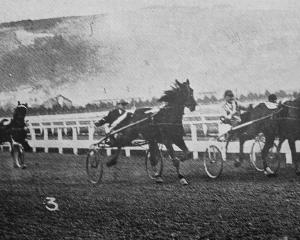

By train to Tahuna Park
At the monthly meeting of the Otago A and P Society, the Secretary read correspondence with the town clerk in regard to the question of the society being able to use the railway line from the goods yard to Queen’s drive for the conveyance of stock, to which the City Council replied as follows: "With regard to the Ocean Beach Railway I am to say that the committee can conceive of no reason why your society should ever be deprived of the use of this railway, as at present for the conveyance of livestock to the show. Your society need be under no misapprehension in regard to this last-mentioned matter."
‘Cold Lakes’
To the editor: Sir, I regret to note in your issue of today an account of the activities of some enterprising Dunedin gentlemen in improving the transport and residential facilities at Lake Wanaka and Hawea under the above most objectionable title. For many years the Otago Expansion League has battled against this misnomer and has succeeded in convincing the Tourist Department that the terms "Hot Lakes" and "Cold Lakes" should not be used. When it is pointed out that the temperature of Lake Rotorua is only a few degrees higher than that of Lake Wakatipu it will be seen that there is no obvious reason for the distinctive appellation.
The trouble created by such a title is that it convoys a totally erroneous impression to strangers and fosters the almost unkillable belief held in many places in the dominion that Otago and Antarctica are inter-changeable terms. May we, therefore, crave your valued assistance in eliminating the frigid adjective and substituting "Southern" or any other suitable description for the one unfortunately chosen? — I am, etc, Secretary, Otago Expansion League
Oil, that is
The world’s total production of petroleum in 1924 is estimated at 137,642,000 tons. Of this the United States produced 93,378,000 tons, Mexico 21,642,000, Russia 6,000,000, Persia 4,253,000, the Dutch East Indies 2,084,000. Rumania 1,811,000, Venezuela 1,223,000 and India 1,135,000 tons.
The Americans have control of more than 80 percent of the world’s total output. Holland, through the operations of the Royal Dutch-Shell combination, in which Dutch interests exercise a 60 percent authority, has control of a very large production, much of which is in the United States. This production is estimated at more than 10 percent of the world total. — ODT, 22.5.1925
Compiled by Peter Dowden











